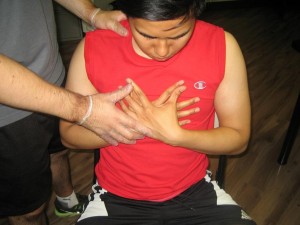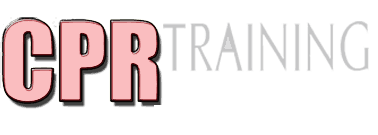Bradycardia means that the heart is beating less than 60 times a minute or slower than normal, which can be caused by a problem with heart’s electrical system.
Bradycardia means that the heart is beating is slower than normal. In healthy individuals, normal heart rate is 60 to 100 beats per minute while resting, thus when the heart beats less than 60 times a minute, it is considered slower than normal or bradycardia. For individuals such as athletes and young adults, a heart rate of less than 60 beats per minute can denote fitness. Although bradycardia can occur in otherwise healthy individuals and not cause any complications, it can be a sign of an underlying problem with the heart’s electrical system. Bradycardia may indicate that the natural pacemaker of the heart is not working properly or there is a disruption of the electrical pathways of the heart.

To understand bradycardia, one should understand how the heart pumps blood and how heart rate is produced. The heart has its own electrical system that ensures its contraction in a systematic method. The electrical impulse that signals the heart to contract is initiated in the heart’s natural pacemaker, also called the sinoatrial or sinus (SA) node. The signal would then leave the SA node and transmits through the electrical pathway along the heart. The heart would beat either faster or slower depending on the different nerve message. Bradycardia may lead to further complications such as the organs not receiving enough blood, hence insufficient amount of oxygen and essential nutrients are brought to the vital organs.
Causes of Bradycardia
There is a wide range of possible causes of interruption of the heart’s pacemaker or disruption of the electrical pathways of the heart, which can include the following:
- Damage to the heart as a result of aging
- Certain diseases, such as heart attack and coronary heart disease
- Infection of heart tissue, such as endocarditis and myocarditis
- Certain medications such as beta-blockers, antiarrhythmics and digoxin
- Hypothyroidism
- Electrolyte imbalance in the body
Risk Factors for Bradycardia
Certain factors can increase an individual’s chances of developing bradycardia, which include:
- Aging
- Hypertension
- High cholesterol
- Use of illegal drugs
- Heavy alcohol drinking
- Smoking
- Psychological stress or anxiety
Symptoms of Bradycardia
In some cases, symptoms of bradycardia are not evident as they cause no harm to an individual. However, in some cases of bradycardia, the reported symptoms include:
- Chest pain
- Palpitations
- Dizziness or light-headedness
- Dyspnea
- Difficulty exercising
- Confusion
- Trouble concentrating
- Fainting
Treatment for Bradycardia
Treatment for bradycardia will depend on what is causing the problem. Some of the possible treatments for bradycardia include:
- Use of a pacemaker to monitor heart rate and would manufacture electrical impulses necessary to maintain normal rate
- Change in medications, if the cause is using a particular medication
- Certain lifestyle medications may include:
- Controlling blood pressure and cholesterol
- Eating a diet that is low-fat and low-salt
- Regular exercise schedule
- Quit smoking
Disclaimer: This article does not provide medical advice. The information given should not be used for self-diagnosis. Seek medical attention when necessary. It is important to recognise symptoms of potential medical emergencies at all times to avoid complications from developing. To learn more about to how to manage bradycardia and other heart problems, enrol in first aid courses with St Mark James Training.
Sources:
Bradycardia (Slow Heart Rate) – Topic Overview. (2011, June 2). WebMD. Retrieved October 17, 2013, from http://www.webmd.com/heart-disease/tc/bradycardia-slow-heart-rate-overview
